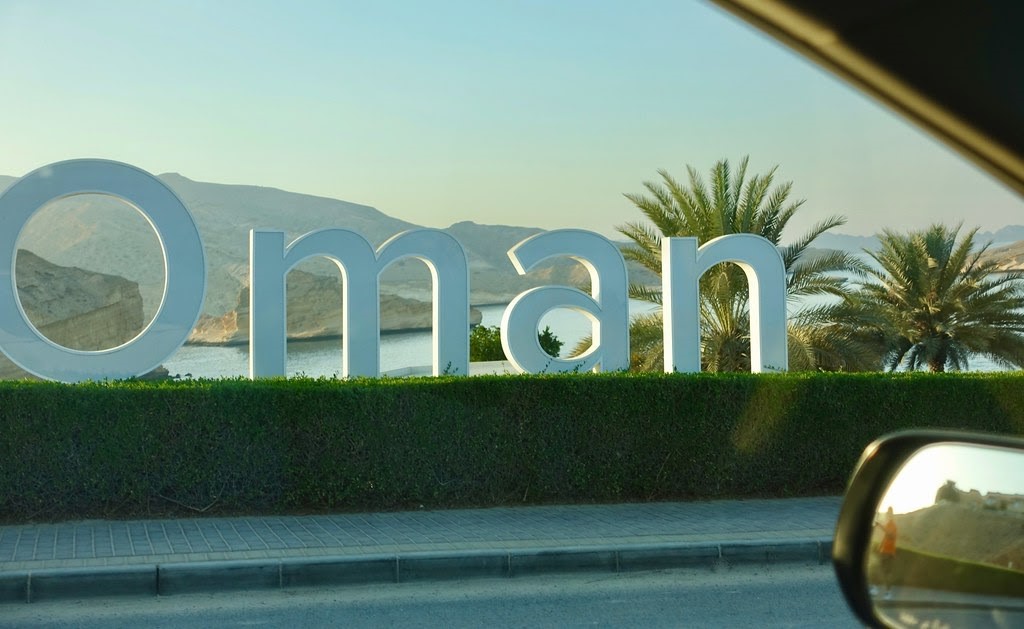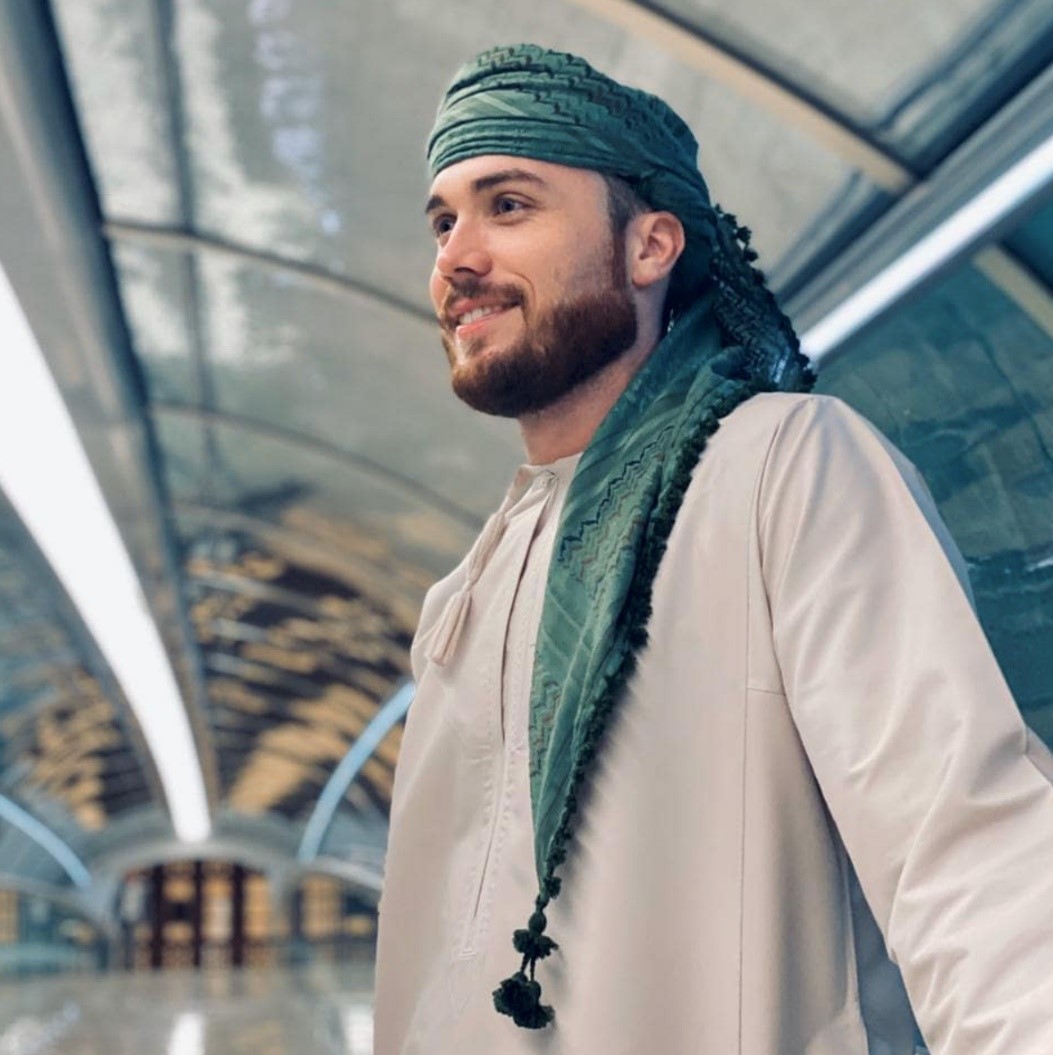The Omani Arabic dialect
Ahmed Alsuleimani, Arabic / English instructor

Biography;
Ahmed al-Suleimani amhsuleimani@gmail.com
Ahmed al-Suleimani is an Arabic and English teacher. He has been teaching in private universities and institutions since 2011. He is currently an English language trainer at the Royal Court Affairs in Muscat. He received a Bachelor’s Degree in Education at Rustaq College of Education, Oman. He is also a member of Youth Vision and a trainer in their educational programs, with extensive professional experience in training delivery and instructional design. He is also the creator of Udemy courses for Omani culture and Omani Arabic dialect.
The Arabic language is the 5th most spoken language in the world with almost half a billion speakers and is widely considered one of the most challenging languages to learn. As a result, some Arab countries have started offering courses to learn Arabic for non-Arabic speakers. In 2012, the Diwan of the Royal Court in Oman inaugurated the Sultan Qaboos College for teaching Arabic to non-Arabic speakers in Manah, a city in the Aldakhlyah governorate. One of the College’s goals is to spread the awareness of learning Arabic and introduce the Omani culture to international students from all over the world. Since culture plays a pivotal role in learning a language, most of the curricula used to teach Arabic in Oman have an Omani theme and are taught with the Omani Arabic dialect. However, some institutes still use other sources from other Arab countries like Egypt and Jordan.
There is an important feature of Arabic that learners of Arabic language must be aware of - the difference between the standard Arabic (Fus’ha) and the dialects (Ammiya). The two versions of Arabic have different uses in speaking and writing and that can cause confusion among learners. The dialect (Ammiya) is used mostly for daily life communication and every Arab country has its own dialect. Standard Arabic is mostly used for formal communication and features prominently in the media. Learning standard Arabic might not be as useful as it is rarely used in daily communication, but it is universally understood by all Arabs. On the other hand, learning a dialect (Ammiya) means the learner has to choose what dialect to learn – whether it’s Egyptian, Levantine, Moroccan or Arab Gulf dialect.
The debate continues among scholars of Arabic as some of them insist on teaching the standard Arabic and others prefer to teach a dialect which is more useful for the learners looking to converse naturally. Sultan Qaboos College and other institutes in Oman which offer Arabic learning programs include the Omani dialects in their teaching. When I worked at Noor Majan institute in Ibri, I met a PhD student from Italy who was researching the Arabic dialects in Arab Gulf and Oman with more emphasis on the dialects from south-east areas like Muscat, Ibri and Nizwa. Moreover, the Omani dialect has borrowed many words and expressions from the standard Arabic. These words are gathered in a book called ‘The Eloquence of Omani Dialect’ (Qamoos Alfasahat AlOmani), by the researcher Mahmmod Aljammei. Mr Aljammei picked the common words used in colloquial Omani Arabic which have an origin in the standard Arabic in an endeavour to present the Omani dialect as a good example of using standard Arabic in daily life communication.
So, what are the differences between Omani Arabic and other Arabic dialects? First, the feminisation of a second singular person in Omani Arabic adds the suffixes (ish) at the end of any sentence addressing a female, for example, saying (How are you ?) is like this (Keif Hal ish ?) where other dialects do not use this format. Secondly, in Omani dialect, the pronunciation of letter ج /jam/ is always pronounced like (g) not /ʒ/ like in other dialects in the Arab world so saying husband in Omani dialect is like this /Zawg/ other dialects pronounce it as [zuʒ]. The Egyptian dialect has a similar feature with the letter ج /jam/ where they say it as the Omanis do. Thirdly, the dialect of the northern cities of Oman like Nizwa, Manah, Ibri and some in Muscat, they use the word (boh) for the relative pronoun, for example, saying the sentence (this house which is for us) would be like this (Hatha Albait boh Halna ) whereas other dialects even in Oman, they use Allathie or Allei (Who) for relative pronouns. These features of Omani Arabic make it special and distinguish it from the rest of Arab Gulf countries’ dialects. However, as a result, Omani TV drama is not as popular in the Arab world as other dramas from perhaps Egypt or Kuwait. Some people believe that dialect has an effect on the popularity of a drama. Additionally, there are only 3-5 Omani actors who appear regularly in in other Arab Gulf TV dramas and they tend to use the Gulf dialect, not the real Omani dialect.

Differences in dialect in any language make for good content. Some Omanis feel ashamed of their dialect and they avoid using their own real dialect, therefore, they try to speak like people in Muscat. But now, this is beginning to change in the era of social media where speaking in dialectal Arabic is increasingly popular. There are two excellent examples of this. First, a native speaker of English who can speak Omani dialect fluently. Oliver Allen is a young man who has lived and studied in Oman. As a British young man, with white skin and blond hair, no one can imagine that this person can speak Arabic! But Oliver speaks Arabic fluently and he uses the Omani dialect which is often very surprising to many people and as a result, he has a large following on social media. Another great example of Omani dialect in social media can be found in widespread short videos made by a group of hobbyist actors from Ibri, a city in the northwest of Oman. This group act in plays, sketches, funny short videos and movies. They have become very popular because of their accent and the way they talk. Their fame even led to a contract with a film production company. According to Abdullah Algafri, the most well-known actor in the group, “Some people feel embarrassed because of their dialect but in our videos and plays we insist on using our Ibri dialect because it is part of our identity”.
Social media platforms have provided new perspectives on dialects. There is more acceptance of using dialects, however, sometimes there is common criticism as dialects are still associated with discussing informal topics, such as the weather or increase in prices, whereas using standard Arabic is perceived as ‘more educated’ and is reserved for more important matters, for example, when talking about politics or the economy. To conclude, the various dialects among Omanis indicates the rich culture of this country and give more space for cross-cultural communication even among the Omanis themselves.